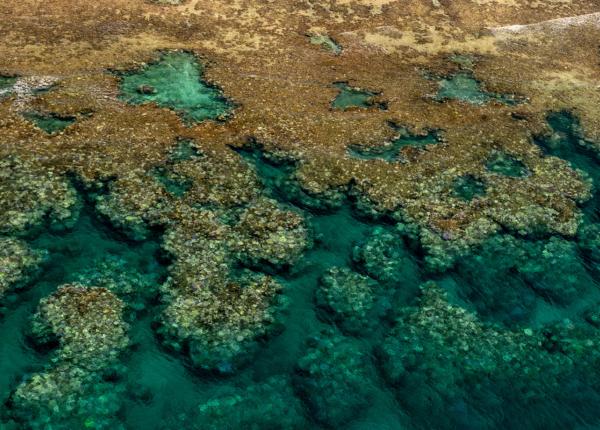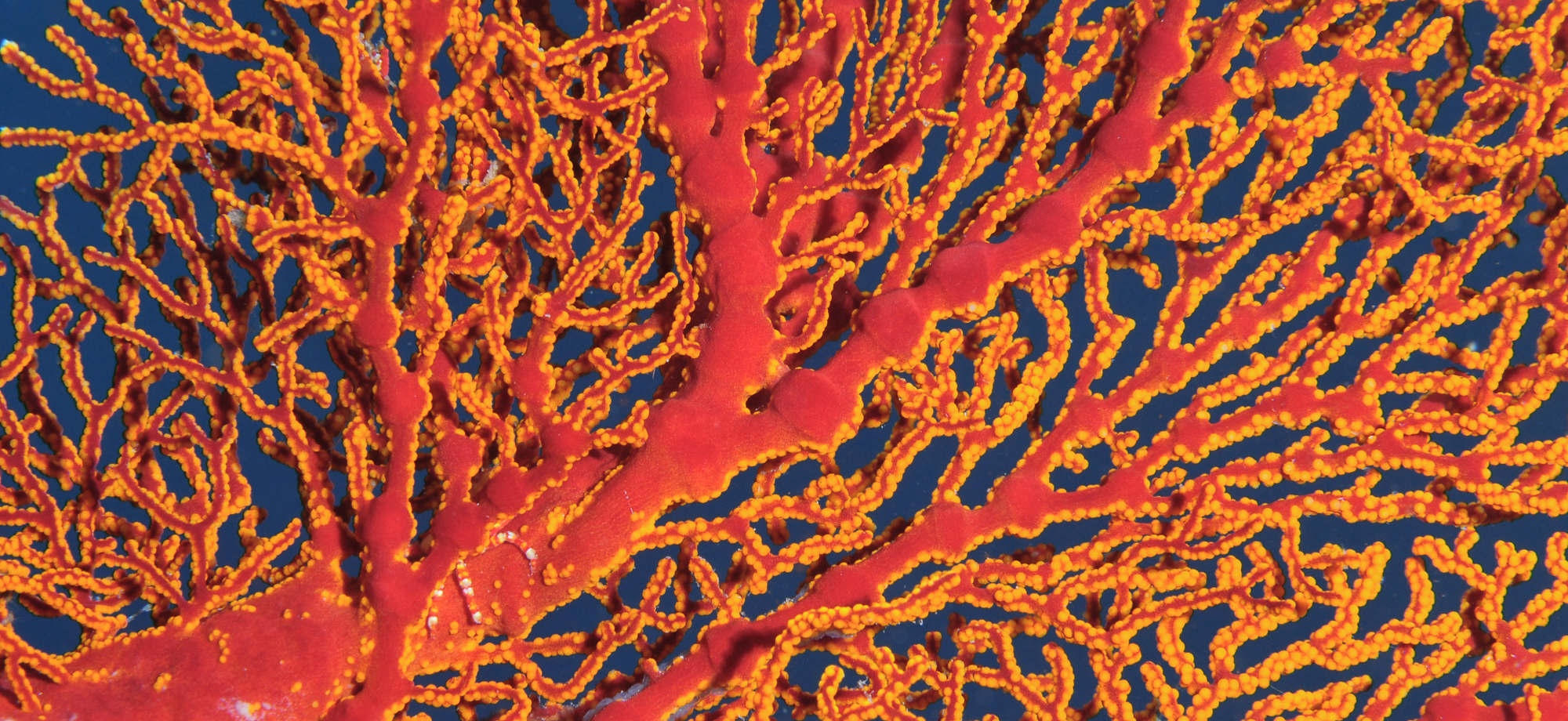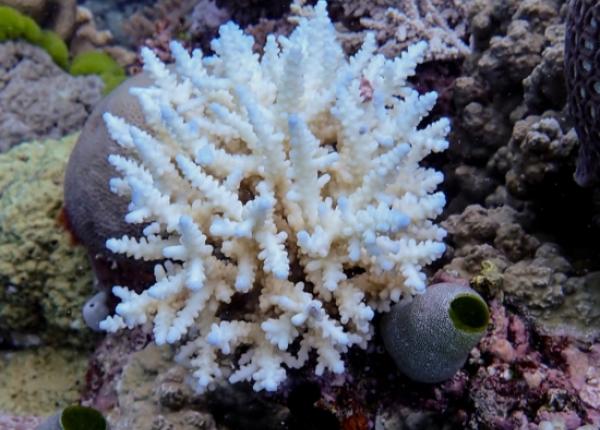

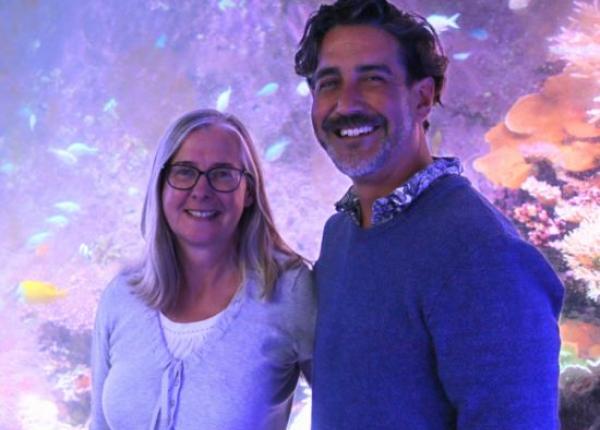
New data from the Australian Institute of Marine Science’s (AIMS) in-water surveys show coral cover has declined on 12 of 19 reefs surveyed between Lizard Island and Cardwell following a summer of disturb
Has this summer’s bleaching killed many corals on the Barrier Reef – or will they recover? The answer is – we don’t know yet.

Coral cover has increased in all three regions on the Great Barrier Reef and is at regional highs in two of the three regions. But the results come with a note of caution.
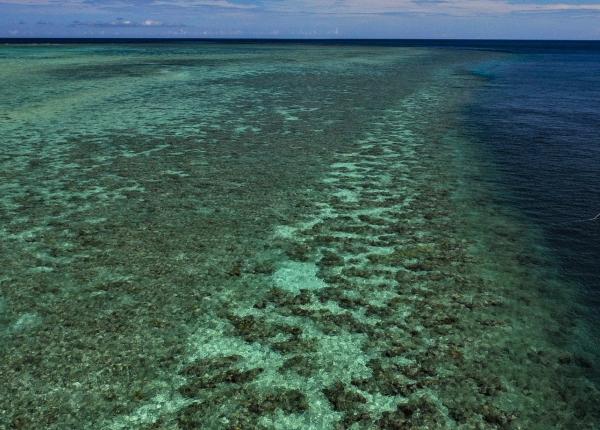
A new study has used drone technology and cutting-edge analytical methods for the first time to map the intertidal coral reefs of the Rowley Shoals off the Kimberley coast of Western Australia.
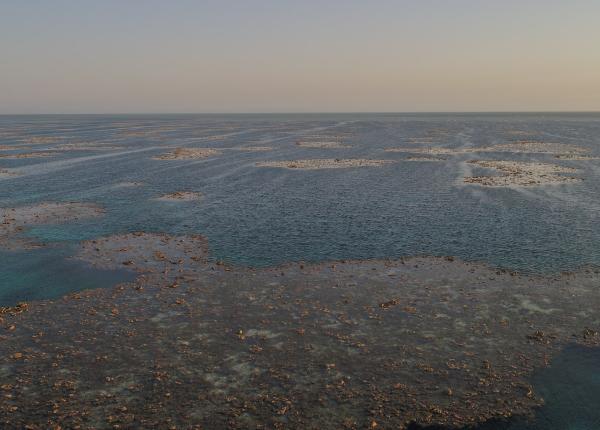
AIMS scientists partnered with Indigenous communities in the remote Kimberley region of Australia’s north west to monitor culturally important fish populations on coral reefs and incorporate the variability in data to better inform sea Country management.
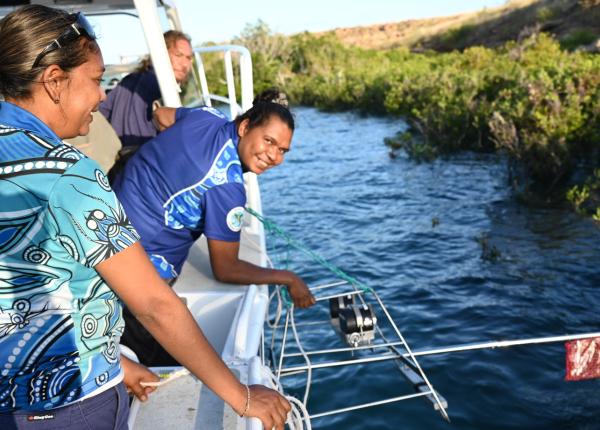
Little or no coral bleaching has been observed by researchers at remote coral reefs off the north-west coast of Australia.

AIMS scientists are venturing out to monitor how Ashmore Reef, the Scott Reefs and Mermaid Reef in the Rowley Shoals are faring following an uncertain summer.
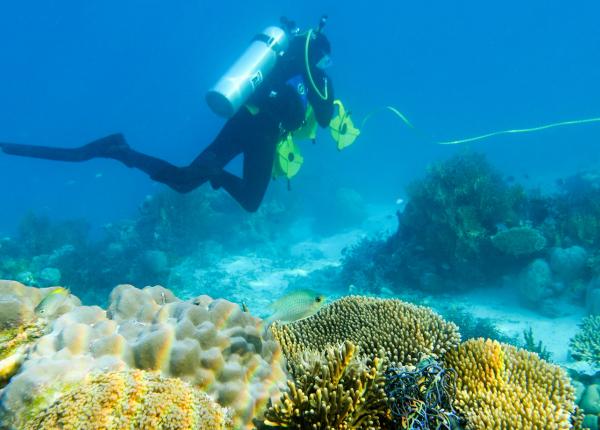
The 2023−24 summer has seen substantial climate driven impacts across the Great Barrier Reef, with widespread coral bleaching, two cyclones and several severe flood events.
